While evaluating the energy efficiency of your home during the winter, you may be leaving your garage out of the mix. It’s crucial to make sure your garage has an ambient temperature as the rest is the home when the temperatures outside drop.
In this article, I have covered a few tips and ways to save energy in the garage this winter.
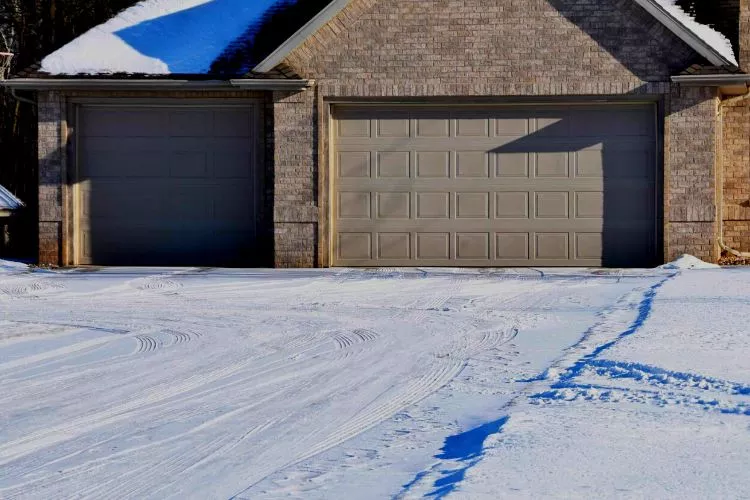
Ways to save energy in the garage this winter
During winter, cold air from the garage gets into the heated living space, and can this lead to spiking in your electric bill. Thankfully, there are a few ways to make your garage energy efficient this winter. Following a few of those tips:
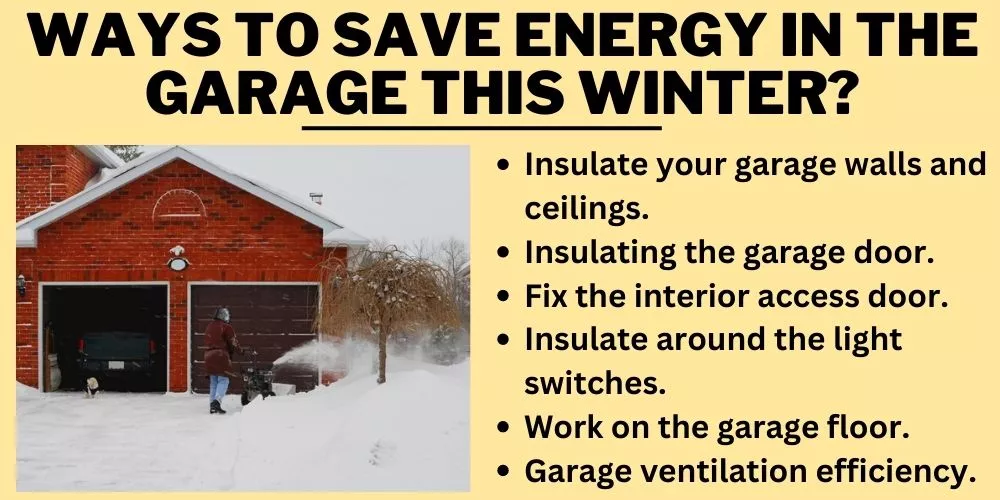
1. Insulate your garage walls and ceilings
The best way to add insulation to your garage walls and ceilings is by adding insulation. You can use various types of insulation depending on your specific needs. Blow-in, styrofoam, or spray foam are just a few options. It’s important to select the ideal type of insulation to keep your garage at a more suitable temperature.
A stable garage temperature will not impact the overall temperature of your house adversely during the winter and will reduce the overall air conditioning costs. If you have living space above your garage, insulating the walls and ceilings are essential.
2. Insulating the garage door
In addition to insulating the garage walls and ceilings, it’s important to insulate the garage doors. One way to do that is by improving the weather stripping of your doorframe. While some owners do this by themselves, if your door requires an updated version of weatherstripping, it’s best to seek the help of professionals.
The new garage doors are a significant improvement over the previous types that were available. The new ones use either polystyrene or polyurethane spray foam boards. Besides, modern doors also feature better thermal breaks and seals.
In addition to improving energy efficiency, a strongly insulated garage door:
- Makes the garage door quieter and smoother
- Reduces noise transfer
- Adds strength to the door
3. Fix the interior access door
Check the garage door that accesses your home and make sure it’s energy efficient. If the door is old or weathered it will certainly not provide the required insulation.
In that case, it’s best to replace it with a new door. If the door is new, check how tight the seal is. If required, upgrade the weather stripping and the threshold barrier at the bottom of the door.
4. Insulate around the light switches
If you find any small gaps or openings around your light switches or electrical outlets, it’s important to cover them. Use some form or insulation material or sealant to close those openings and prevent the cold air from outside from entering the space.
Though such small openings may affect the overall energy efficiency of your garage, every small step will add to improving the energy efficiency.
5. Work on the garage floor
A damaged garage floor impacts the energy efficiency of a garage. Every small crack or gap in the floor can make way for cold air and water to enter your garage and can lead to structural issues.
To add to it if road salt and water infiltration from melted snow and ice get into those cracks, it can lead to bigger problems. Of course, repairing the cracks is one solution, but it’s not one of the best ones. The best thing to do is add a polyaspartic floor coating for long-term protection against floor damage and cracks.
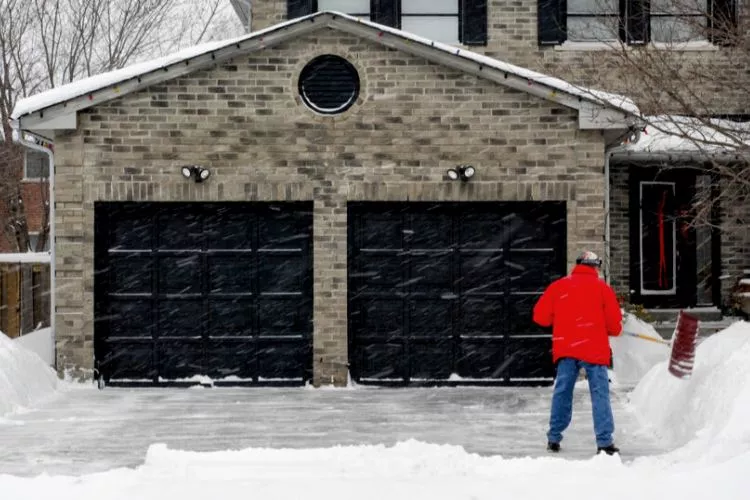
6. Garage ventilation efficiency
Work on the ventilation of your garage to make it more energy efficient and to maintain more stable temperatures inside the garage. You can consider roof vents or a fan-based ventilation system on the ground level of the garage.
Additionally, a properly installed soffit venting around the upper exterior of the garage can also enhance energy efficiency. It must also be remembered that clutter restricts airflow to the garage, so implement storage solutions like slatwall or garage cabinets.
How do you keep a garage warm in the winter?
The best ways to save energy in the garage this winter is of course by heating it. There are a few options available to suit the different needs of individuals.
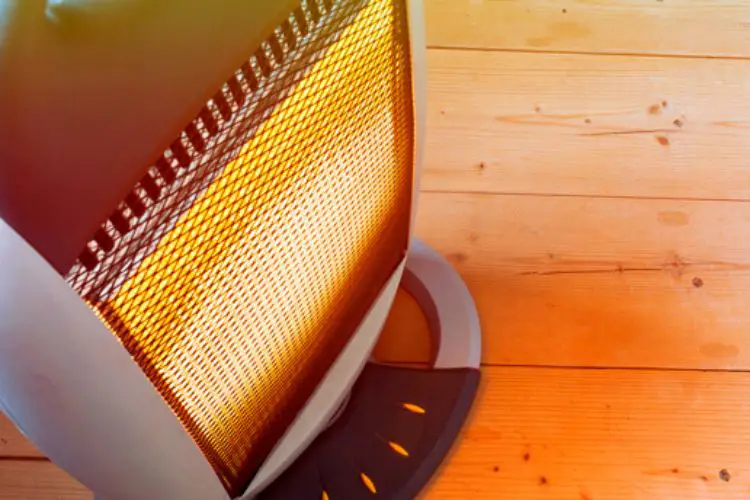
1. Use warm objects
Instead of buying a heater that blows out hot air, get a radiant heater. Radiant heaters use infrared energy that is generated in multiple ways using an infrared lamp or sometimes actual flames.
Radiant heaters function differently than normal heaters. You can install one of these heaters at the top of your garage or overhead walls. Radiant heaters are ideal heating options if you work in your garage regularly.
2. Extend the mini-split setup into your garage
If you already have a ductless mini-split system for heating and cooling you should be able to add an indoor air-handling extension to your system.
However, you can only do this when you have a large enough compressor. In case you don’t have a mini-split system buy a compressor and an indoor unit for your garage.
3. Use a portable propane heater
Though many houses have natural gas line connections, garages don’t have them. Of course, you can opt for heating your garage electrically, but that will shoot up your bills. Besides, the circuits can trip and overload if too many tools are running while using the heater.
For these reasons, a propane-based heater is a better alternative for your garage. A standard 20-pound propane heater should produce enough heat, or you can opt for a bigger version.
What is the best source of heat for a garage?
Indeed heating your garage during the winter can be a tricky and expensive affair. But there are a few energy-efficient ways to keep your garage warm.
1. Infrared heaters
As the name suggests, this heating unit generates heat using a low-intensity infrared tube.
These types of heaters warm objects first and not the air. These work perfectly for garages that are not sufficiently insulated.
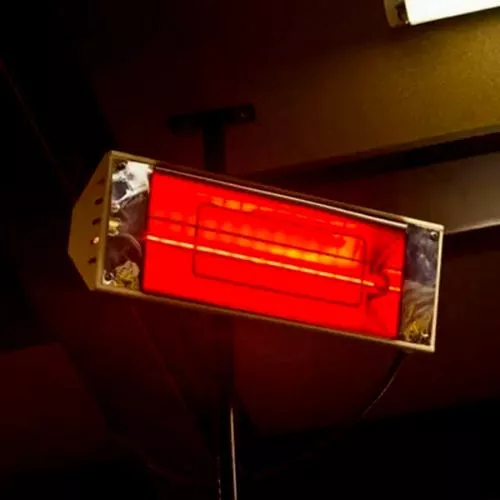
Pros
- Energy-efficient.
- Quiet option.
- Requires little maintenance.
2. In-surface radiant heat
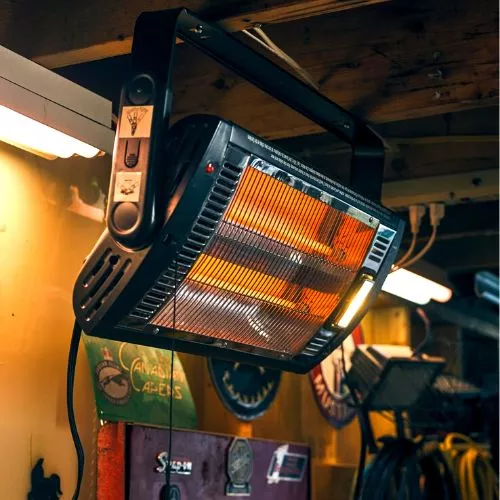
This system too uses infrared radiation. However, this first heat the surface and then the air around.
According to some users, it’s one of the best ways to heat a garage.
Pros
- Perfect for insulating garage walls, doors, floors, and ceiling.
- Quiet operation.
- Provides even heating.
3. Propane heaters
These units use propane as a power source. Propane is also used in heat appliances making the units ideal for garages.
Pros
- Affordable.
- Energy-efficient.
- Versatile option.
4. Ductless heating
This system functions using an outdoor compressor and an indoor air unit. Ductless heating works like the central heating system.
However, it does not require any ductwork or connection to the existing system. The heating unit is more pleasing than a few popular options in the market.
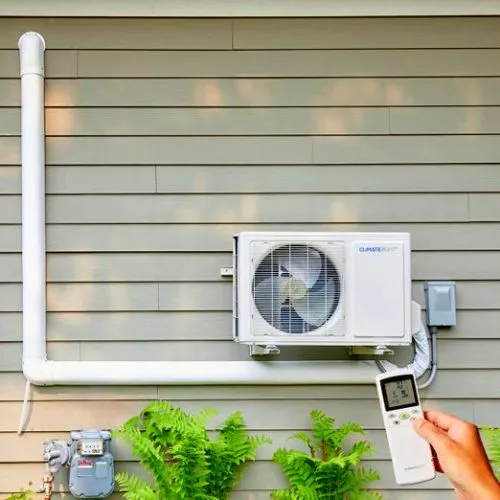
Pros
- Energy-efficient.
- Environmental-friendly.
- Versatile.
How can I keep my garage warm cheap?
Once you have ensured all forms of insulation for your garage after sealing all the cracks and gaps. You need to find some ideal heating options. While some heating options are costly, we have found a few affordable ones.
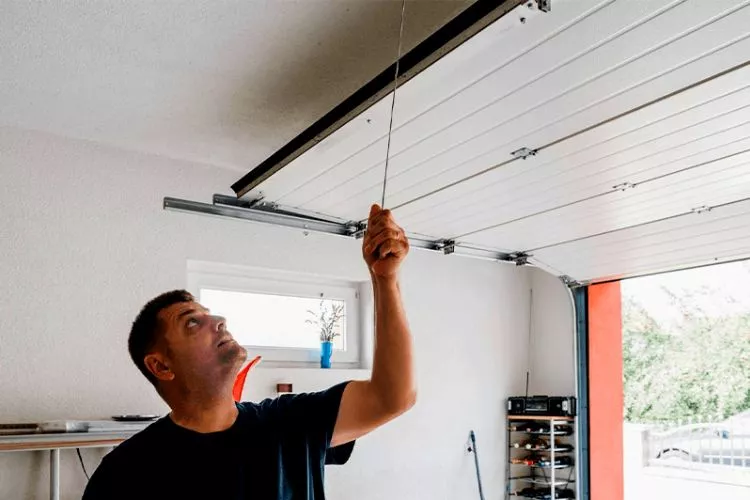
💁Electric heaters
This option is great and there are many types of electric heaters that you will be able to choose from. While all of them produce heat, some have additional features like a fast warm-up, quiet running time, and other options.
Electric heaters are available in many power levels. However, the overall cost will depend on the running period.
💁Fan heaters
Fan heaters produce instant heat and can thus quickly warm your garage. Many people have a spare fan heater as a heating backup that can be used for warming the garage during the summer months.
While these heaters are a great option and heat the room fast, or can start to feel right away once the heater is turned off. Besides, it’s not a very quiet option.
💁Oil radiators
As the name suggests, the heater works by heating oil inside the radiator. The oil also retains the heat for longer.
This heater takes a while to heat up and quite some time to cool down, making them great for providing background heat for a long time. They are also almost noiseless, however, they are big and require more space to keep.
Frequently Asked Questions (FAQs)
Where does the most heat escape in a garage?
The major heat loss in a garage happens through air leaks. The gaps and leaks in the windows, doors and walls cause the air to escape.
How can heat loss be reduced in a garage?
The best way to reduce heat loss in a garage is by filling up the existing gaps, if any, with insulating materials.
Should you heat your garage in winter?
Heating your garage during winter is essential. If the temperatures in your garage are freezing, your car won’t start, you might have frozen pipes, spoiled food, broken gadgets, and so on. It also impacts the overall energy efficiency of your home.
What is the cheapest way to insulate a garage?
The cheapest way to insulate a garage is by using electric heaters. There are a few other options that we have mentioned above.
Conclusion:
Keeping your garage warm during the winter plays an important role in ensuring the well-being of your family as well as your appliances during the winter.
If you are losing heat to cracks and gaps in the garage walls and ceilings, your electricity bill will also increase in an attempt to maintain ambient temperature. Thus, use the steps mentioned in this article and keep your garage warm this winter.
Contents
